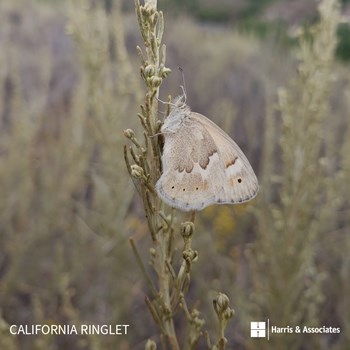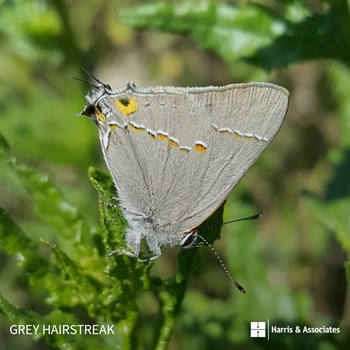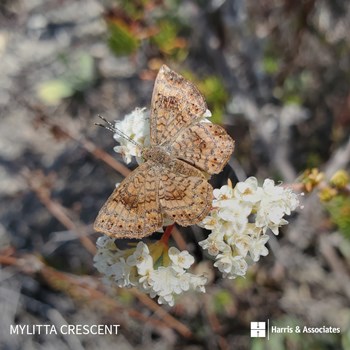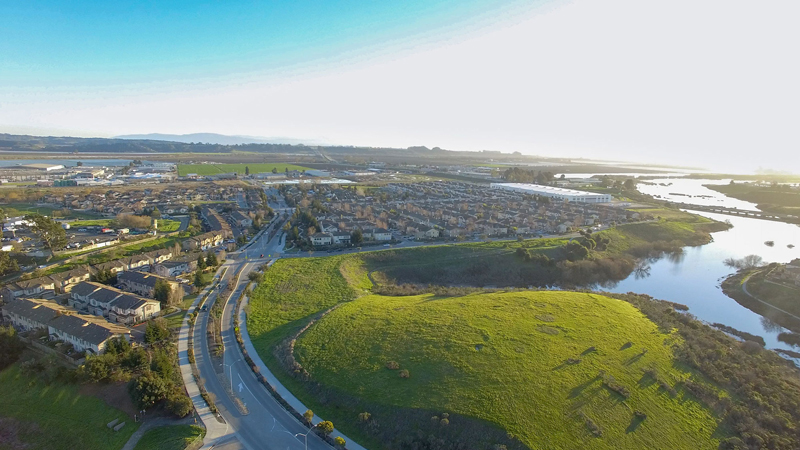4.0 minute read
June 21, 2021
This post is the first in a five-part series about biodiversity and Harris’ role in providing critical biodiversity data that serves our clients, science, and humankind.
The term “biodiversity”—a blend of biological and diversity—refers to the array of life on Earth in all forms and interactions. The collective metabolic activities of the innumerable microbes, plants, and animals form the environmental systems that millions of species, including humans, thrive on. No other feature on Earth is more varied, dynamic, or complex than the multitude of organisms occupying the planet on land and in water.
We rely on biodiversity for our food, water, shelter, and medicine. Evidence of its work is everywhere, from the clean air we breathe and the water we drink to the rich soils that grow our crops and the bountiful oceans that surround us.
Human influences can dramatically impact the natural world and our wellbeing. We’ve seen the results in the form of astronomical crises, such as climate change and mass species extinction. We also have the power to save biodiversity for the survival of all species, including humans. As Professor David Macdonald at Oxford University states, “Without biodiversity, there is no future for humanity.”1
Okay, but really, what is biodiversity?
Biodiversity includes animals, plants, fungi, and micro-organisms, such as bacteria, all working together in ecosystems. They form an intricate web that supports and sustains life. Biodiversity begins with something as small (or as big) as genetics, then moves to individual species, then communities of species, and lastly, entire ecosystems (like the tundra).
These ecosystems are both managed (farms, croplands, rangelands, aquaculture sites, urban parks) and unmanaged (national parks, nature preserves, wildlands). Managed systems account for more than 24 percent of Earth’s terrestrial surface. Therefore, any decisions concerning biodiversity or ecosystems must include a focus on maintenance.
How do you measure biodiversity?
Despite daily scientific advancements and the plethora of tools and data sources available to us, biodiversity remains difficult to quantify precisely. That said, we do not always need exact answers to understand where to find biodiversity, how it changes over time, who or what is responsible for such changes, and the consequences of these changes.
Often, assessing biodiversity conditions and trends requires only basic data collection to measure an abundance of organisms. Species-level base research and data collection focus on the process of species formation, the standing levels of species numbers in various higher taxonomic categories, and the phenomena of hyper-diversity and a species’ vulnerability to extinction.
What does this have to do with Harris?
Plenty. Harris biologists are now providing survey and analytical services for two biodiversity studies in Southern California. Specifically, the Harris Biology Group is identifying the available various species within major taxonomic groups and the numbers of those species in two open space preserves.
Managers of open space preserves need to know what species they have before they can assess the species’ roles in ecosystem dynamics. They need a benchmark to determine the impacts, if any, of public use on the decline or increase of populations.
Harris helps these managers capture vital information with services that include:
- Meso- and large-carnivore camera surveys
- Butterfly surveys
- Small mammal trapping
- Herpetological trapping
- Avian surveys (nocturnal and diurnal)
- Rare plant surveys
- Invasive plant surveys
- Vegetation mapping and data analysis
Recently, Harris conducted butterfly surveys on the two preserves, providing species identification and counts. Below are photographs I took in the field.
If you’re wondering how much butterflies really matter in all of this, don’t miss parts two and three of this series. I’ll dive deeper into biodiversity in both urban parks and open space preserves and show why butterflies, along with other taxonomic groups, really do matter.
Check Out the Next Part in this Series
1https://www.theguardian.com/news/2018/mar/12/what-is-biodiversity-and-why-does-it-matter-to-us
Authors
Emily Mastrelli
Ryan Binns, ENV SP, PMP
Source
Harris & Associates
Markets
Municipal
Water
Transportation
Services
Environmental Permitting + Compliance
Categories
Biological Resources
Biological Studies




















